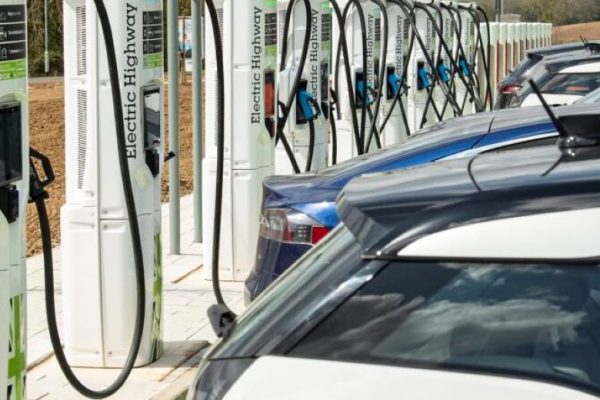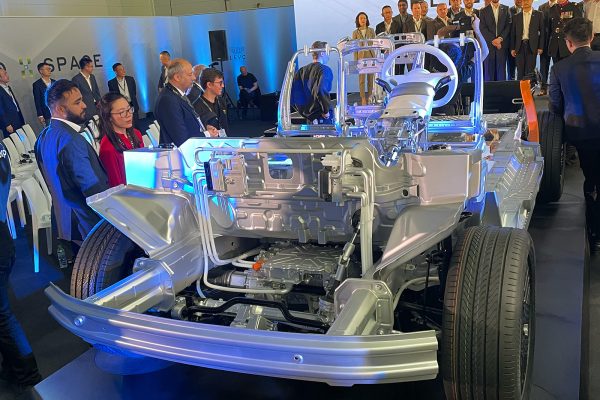RESEARCH conducted by leading fleet management company, Total Motion, has revealed the hidden costs of running electric fleet vehicles.
The firm, which has been managing electric and alternative fuel vehicles since 2004, carefully monitored reliability, downtime costs and breakdown frequency, comparing electric (EV) with internal combustion engine (ICE) cars in a number of key areas based on 36 months or 75,000 miles.
These were:
- Service, Maintenance and Repair (SMR) costs
- Number of breakdowns based on 36/75k
- Fleet Insurance costs
- Downtime
- Parts availability
- Repair times
- Dealer/Repairer performance
Between June 2017 and December 2021, the driving history of more than 2,500 EVs – Tesla, Porsche, Nissan, Renault, Audi and Mercedes – were scrutinised by the Total Motion team.
Whilst the standard SMR costs for an EV is approximately 27% lower than that of an ICE vehicle, the cost of a breakdown for an EV is 2.7 times more than that of an ICE vehicle – £221 per incident (excluding accidents) compared with £596. The number of breakdowns for an ICE vehicle is 1.9 as opposed to an EV at 3.1.
The average cost of a windscreen is six times that of an ICE vehicle. The average ICE replacement being £397 compared to an overage of £2,382 for an EV. The average dealer satisfaction score for ICE vehicles is 84% and 53% for EV.
The Total Motion team also compared miles per gallon (MPG) and range performance. Using the combined published MPG, the ICE vehicle achieved 83.6% whilst the EV achieved 74.1%. When it came to insurance, an EV is approximately 19% higher than that of an ICE equivalent, and in of in terms of vehicle off road (VOR) days including accidents, the average number of EV VOR days was 15.3 compared to just 2.8 for an ICE vehicle.
Finally, approximately 40% of UK electricity is generated by using gas., which means that while tail pipe emissions are zero, the actual impact on climate change is negligible compared to ICE.
Simon Hill, Total Motion Director, said: “Total Motion has been managing electric and alternative fuel vehicles since 2004, looking after more than any other leasing or fleet management provider until the recent explosion in sales.
“Whilst the clamour for EV vehicles is gathering momentum, particularly with generous company car tax breaks and the 2030 deadline for ceasing production of new petrol and diesel cars in the UK, we decided to carry out this research on behalf of our fleet customers.
“The findings of the study lead us to conclude that the transition to EV for many fleets is being done far too early, and that this will have significant cost and operational implications. Our view on the charging network is that this so far behind demand that we foresee large queues and increased roadside failures from running out of charge.
“We also believe that the UK charging network, and its installation and creation, requires significant state regulation in order for it to be viable. Undoubtedly some of this will improve as more EVs leave the car showrooms, the likelihood is it’s unlikely that they will ever match the ICE vehicles.
“Our long-term view is that ICE will continue to reduce in volume and EV and plug-in hybrid (PHEV) vehicles will continue to increase, with a view to hydrogen or hydrogen plug-in being challengers to EV within 15-20 years.”








